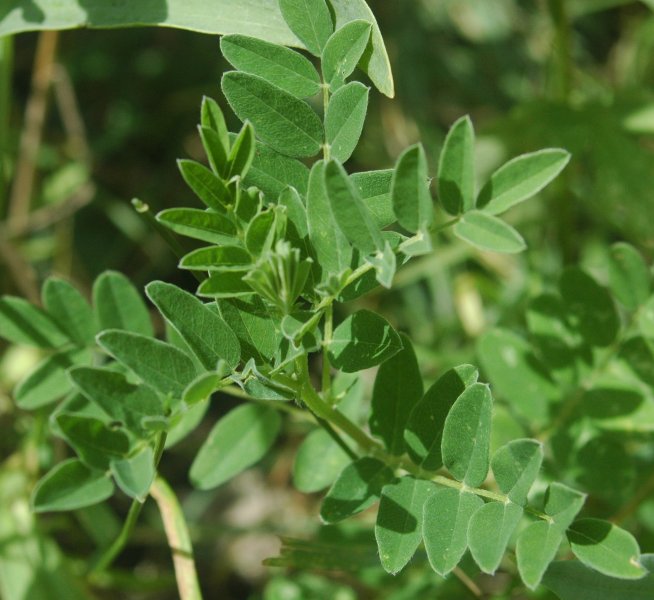By Amber Testa, CN Supplements Buyer & Armchair Mycologist
To those uninitiated into the wonders of mushrooms, Reishi is an unassuming entity. It is neither as strikingly colored as Turkey Tail, as luminescent as Lion's Mane, or as downright bizarre as Cordyceps. Indeed its physical form is simple and smooth, unlikely to attract much attention. The binomial name, ganoderma lucidum, literally means 'bright skin' in the Greek--a reference to its sleek brown surface. Reishi is a type of mushroom known as a bracket fungus, which means it doesn't have a stem or stalk. Instead it grows directly from the surface of trees (usually maple). It is either parasitic or saphrotrophic, growing on both living and decaying matter; indeed, it is as apt to colonize stumps as it is living trees.
But contrary to its plain appearance, perhaps no fungi has such an esteemed place in mythology as the Reishi. With written records of its use dating back as early as the first century B.C., it has been revered in Asia for thousands of years. In Traditional Chinese Medicine, it is known as lingzhi 靈芝, or "divine mushroom" and is known as the "mushroom of immortality". The common name 'Reishi' is a loanword from the Japanese; similar cognates also exist in Thai (het lin chue, เห็ดหลินจือ); Vietnamese (linh ch); and Korean (영지; 靈芝).
Reishi is sacred in Taoism, and was often consumed by monks before their meditation sessions. The term zhī specifically means 'fungi', but has been translated by various scholars as 'excrescence' or 'cryptogam' (a plant or fungi that reproduces via spores instead of seeds). In Taoism, Reishi was thought to belong to a mythical class of substance that gave the eater xian, or immortality, when ingested. This association with immortality has persisted into the present day, and is evident in Reishi's contemporary usage.
In contemporary herbalism, Reishi is used primarily as an immune booster. Initial studies have shown that it has the potential to boost white blood cell count among cancer patients, although research indicates it is best to use the mushroom in combination with traditional cancer therapies rather than directly in place of them. Reishi may also reduce inflammation in the body, specifically among blood cells. Early studies also show the potential for Reishi to reduce anxiety and depression, especially among cancer patients.
Commercially cultivated Reishi is usually grown on hardwood logs, or else a substrate of sawdust or wood chips. It is a deep reddish-brown, generally fan- or kidney-shaped, and often larger than a fist in size. Reishi is dry and sturdy, and often surprisingly heavy--indeed, it often resembles a piece of carved wood more than a mushroom! Though it is slightly bitter in flavor, it can be easily neutralized by mixing it with other ingredients. It can easily be powdered and added to hot chocolate, mixed into baked goods, or crumbled and added to tea blends. The versatility of Reishi also means you can find it in some more unusual formats, like sparkling beverages and even body care products!
At Cambridge Naturals, we carry a variety of Reishi supplements in various formats. You can shop our entire stock of Reishi products online here, or come in for some exciting mushroom discussions with our Supplements team!
Sources:
https://www.frontiersin.org/articles/10.3389/fmicb.2018.01557/full
https://www.ncbi.nlm.nih.gov/books/NBK92757/
The information in this blog post is not intended or implied to be a substitute for professional medical advice, diagnosis or treatment. Always seek the guidance of your doctor or other qualified health professional with any questions you may have regarding your health or a medical condition.







